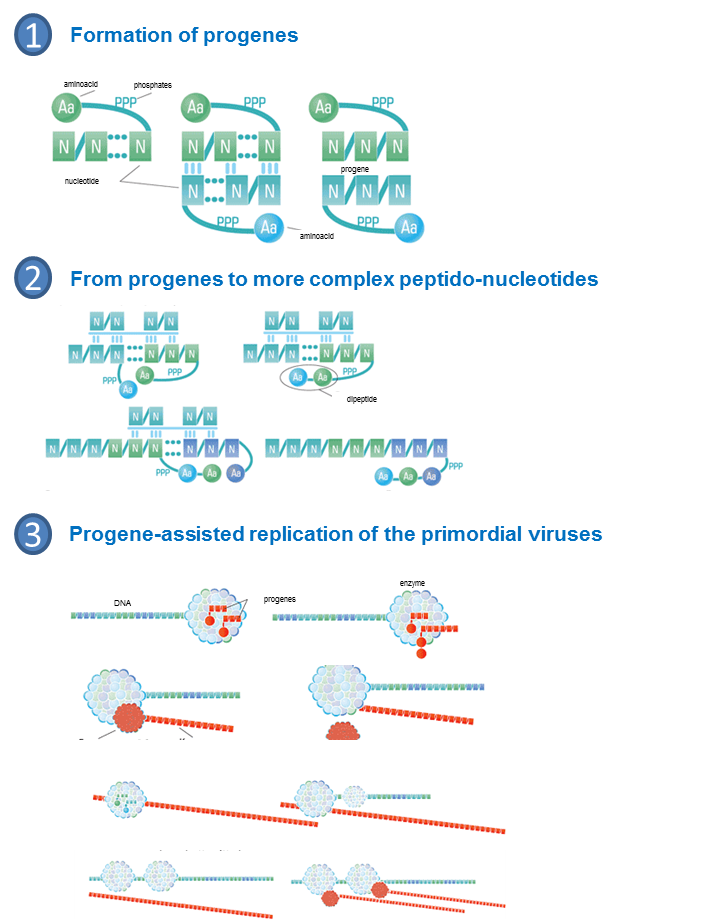
a scheme of the flow of genetic information according to the Central Dogma of Molecular Biology (via Wikimedia commons)
I often see searches within my blog about the basics of molecular genetics, DNA, etc. So I decided to talk about the molecular ‘brain’ of the fundamental biological entity called cell.
Life on Earth is enabled through a molecular machinery reading the genetic code, which executes replication of nucleic acids and translation of their protein coding sequences into polypeptide chains as it is shown on the figure above. Our genome encodes for nearly 20000 proteins, some of them are structural proteins like collagen, others are very useful enzymes like DNA polymerase or alcohol dehydrogenase.
This flow of genetic information from DNA to RNA to protein constitutes the central dogma of molecular biology and is a well-documented process with structures of the involved molecular complexes now determined at atomic resolution.
There are minor variations of the scheme, like the ability of RNA to function as a template to make DNA, especially often utilised by viruses like HIV.
Now this system operates in every known organism on Earth, but the question is how it evolved. There are two theories trying to answer this – the RNA world, which is well supported in the scientific community and the virus theory, only published in Russian so far (also called the progene theory formulated by a Russian virologist Anatoly Alshtein). There are probably other hypotheses I’m oblivious about.
The first theory is based on observations that in simple organisms like bacteria the genetic machinery is less protein-rich and more relying on RNA. It’s true – the main catalysts of translation are not proteins but the RNA-based enzymes called ribozymes.
According to the RNA world theory, first biopolymers were small RNAs, ribozymes that replicated each other. Such ribozymes were successfully made in the test tube, which served as an evidence to support this theory. Over the time, ribozymes became more complex and DNA and protein parts appeared as a further sophistication in this system.
The progene theory, illustrated below, presumes that the first ‘organism’ was a virus, which looked akin to a clover-like peptidyl-tRNA molecule. It was first simple like a small peptide attached to an oligonucleotide, then it evolved into a long nucleic acid polymer, with the protein covalently attached to it acting as the first nucleotide polymerase. The transformation of this small complex into large ones occurred if the protein moiety favoured the replication of DNA it was linked to and essentially ’encoded’. Some modern viruses look a little bit like this, for instance, the polymerase protein A of adenoviruses is attached to its viral DNA.

The progene theory (adopted from http://www.vechnayamolodost.ru/pages_48/drugienaukiozhizni/troyka_shesterka_kod.html)
The advent of the transcription-translation machinery occurred at least three billion years ago, and we don’t now if it happened on the Earth or the first live forms first appeared somewhere in the outer space and then were brought to our planet with asteroids. All we know that once established on Earth the first cells gradually evolved into multitude of various life forms.
Another interesting thing we have no clue about is how and when the transition from those first ribozymes or possibly proto-viruses into membrane-wrapped self-contained cells occurred. If one day the time machine becomes possible, this would be a question well worth exploring.
